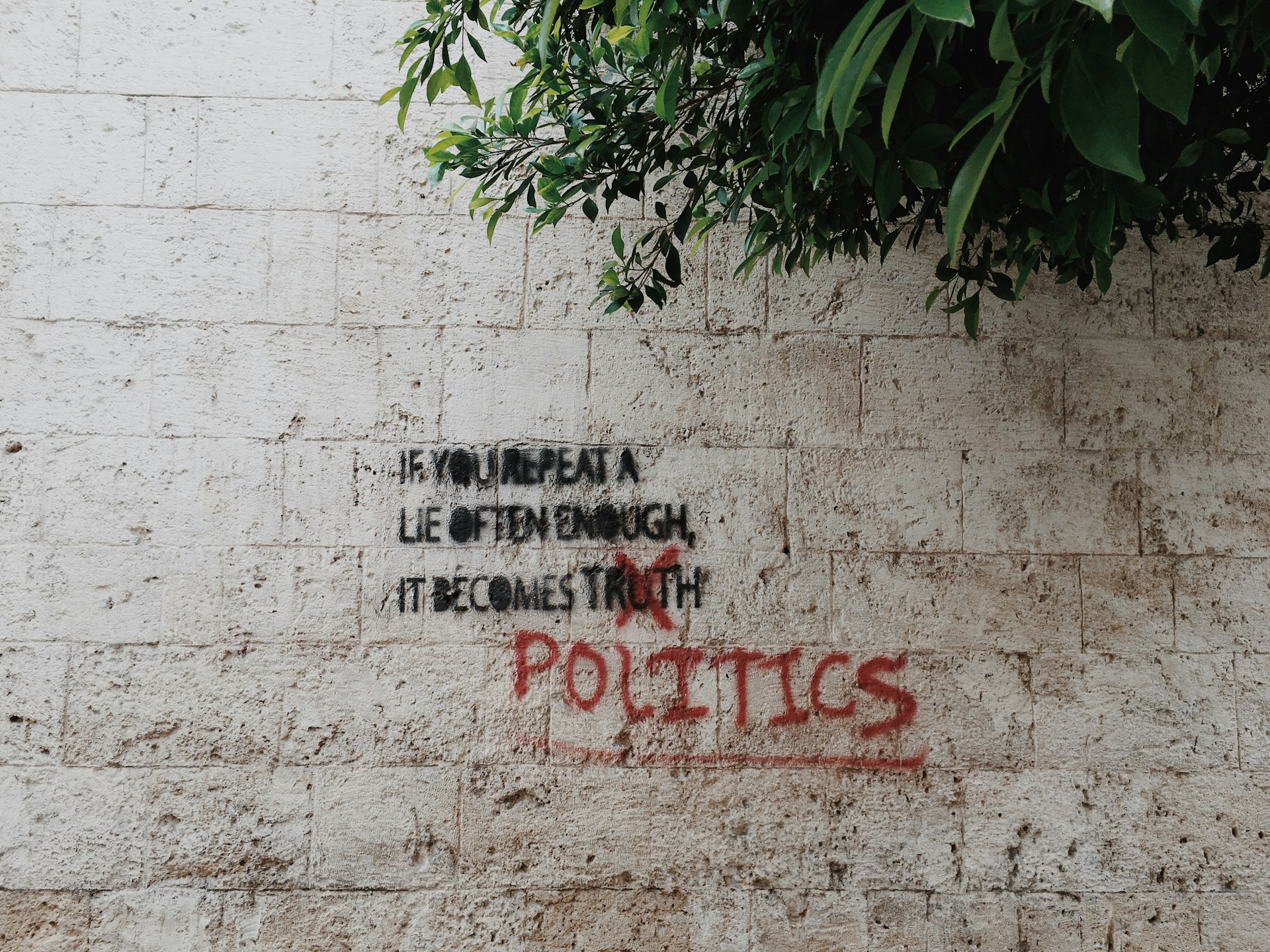Visualizations of Urban Space
The newly released book, Visualizations of Urban Space: Digital Age, Aesthetics, and Politics by Christiane Wagner and published by Routledge, presents the potential of the global context for innovation and social transformation through artistic, cultural, and political interdependence. The author examines creative practices to discuss the sociocultural resources and stimuli related to urban space by means of the arts, emphasizing visual arts, urban design, and architecture as visual structures. These visualizations portray the sociocultural context through peoples’ capacity to create narratives that configure the collective consciousness and shape public opinion. Furthermore, creative practices are associated with the main challenges of social inclusion, targeting the values of a democratic society and sustainability. All these strengths are on display in twelve chapters. Through an accurate analysis of the conceptions of architecture, visual arts, and design Wagner shows the creative processes of technique, presenting configuration goals related to society’s material aspects—that is, economic, scientific, and technological development in the international market concentrated in the urban environment. Beyond the medium’s importance and the form and content in which the characteristics of these arts are configured, the author considers the importance of sociocultural and political influences in the current contingency. Thus, Visualizations of Urban Space introduces different forms of visual perception in large cities as an aesthetic of everyday life. Moreover, new insights form the basis for exploring innovative concepts, particularly in the transition from the 20th to the 21st century, which has sought to define the ideal of freedom in democratic societies and new habits of coexistence involving producing and consuming sustainably to reduce the effects of climate change.
In addition, Visualizations of Urban Space: Digital Age, Aesthetics, and Politics is a manuscript that discusses the aesthetics related to the growing presence of digital media within the urban lifestyle and its cognitive experiences. On the one hand, this digital presence transforms the environment and offers new ways for individuals to relate to cultures, breaking the boundaries of perception conditioned by the understanding and comprehension of habits, beliefs, and, above all, knowledge. On the other hand, this presence affects individuals and their daily activities through the possibility of transferring environments and objects into virtual reality, thus offering new experiences. The powerful productions of the image industry arise within a favorable context, leading to the universality of images. The lives of contemporary metropolises are visually narrated and represented through their histories, experiences, anxieties, and hopes. Consequently, their daily lives are represented through images that propose projections of the social actor, the individual’s behavior, and ideals. In this way, Christiane Wagner explores the structures of metropolises and the social dynamics that function, organize, and restructure the possible image configurations produced by the cultural context as reality.
Based on the context that has marked modern times and shaped the path to current times, this book focuses on the role of the arts and media and their cultural effects aimed at democratic values and sustainability. The complexity of the relationship between aesthetics and social reality is discussed to achieve a scientific understanding of its technological and sociocultural development. Therefore, for the author, a visual analysis of the social context as aesthetic experiences by the social actors has become essential. Under these considerations, images produced as part of the urban space are part of the complex system of the visual culture, which implies current ethical, social, and political values. The subject of the environment of arts’ interplay aims at innovative, creative production that interacts with diversification, thereby restructuring the fragmented values of culture’s inherent differences and similarities and integrating sustainability across the corporate value chain to ensure new value creation and cultural change globally. This way, the current global discourse in which technology and innovation are applied is verified. Nevertheless, Visualizations of Urban Space is not limited to this specific approach. The author offers new insights and research possibilities in the social sciences, arts, and humanities. This book’s central objective is to discuss the individual’s cultural relationship through the arts, media, and politics, thus transcending the visual experience resulting from the digital world. The environment and significant images and objects are fully experienced as new urban, cultural, and political interventions through the new dimensions of space and relationships, thereby defining the time and the relationship with space and the democratic ideals of inclusion and social and sustainable participation. Hence, this book presents an aesthetic, social analysis, and a reciprocal relationship between the arts and society. It covers the current environment through an approach to aesthetics facing social and urban challenges aiming at sustainable development goals, focusing on the arts as a solution and not only as an aesthetic experience.

Visualizations of Urban Space
Digital Age, Aesthetics, and Politics
By Christiane Wagner
1st Edition, 224 Pages, copyright year 2023
Published December 30, 2022, by Routledge, London and New York
For more information, visit: www.routledge.com/9781032324180




